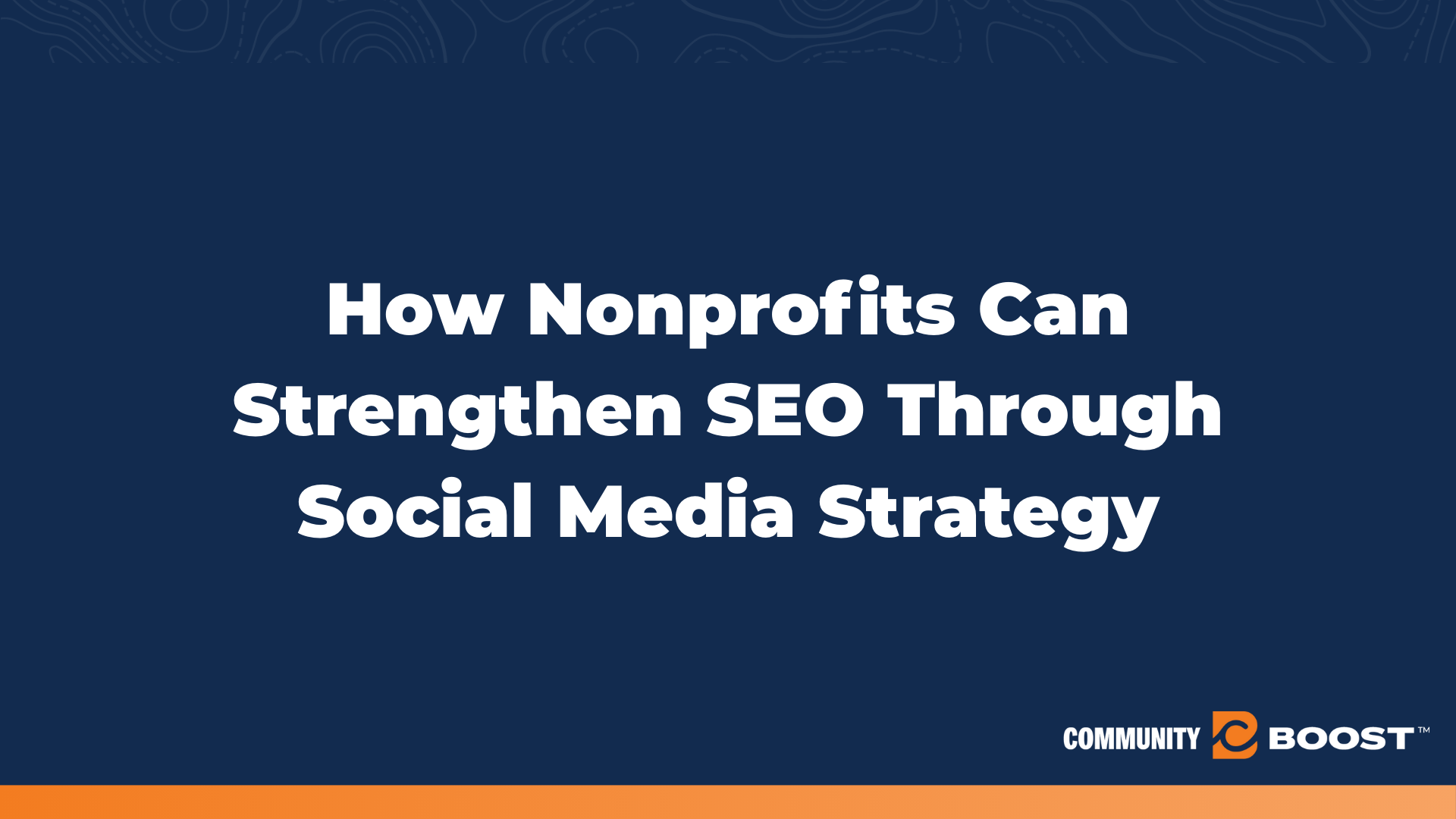Understanding and Overcoming Donor Fatigue: A Guide for Nonprofits
min to read ✭
Imagine the excitement of supporting a cause you truly care about, only to find your enthusiasm waning over time. This is the reality for many donors today. In our ever-changing world, nonprofits are grappling with a significant challenge: donor fatigue. The economic ups and downs, global health crises, and social upheavals have all played a part in reducing charitable contributions. This guide is here to help nonprofits not only understand donor fatigue but also offer practical strategies to overcome it, ensuring ongoing support and engagement.
Understanding Donor Fatigue
Donor fatigue is like running a marathon and hitting a wall—you start strong, but eventually, it becomes harder to keep going. For nonprofits, this translates to a decreased willingness among individuals to donate. It’s especially frustrating for organizations that rely on regular contributions to fuel their missions. Common signs of donor fatigue include fewer and smaller donations, reduced interaction with communications, and a noticeable drop in enthusiasm for nonprofit activities.
The impact of donor fatigue is evident in recent fundraising data. According to the Fundraising Effectiveness Project (FEP) Q3 2023 Report, there was a continued steep decline in donor counts, with a Q3 year-over-year drop of 7.6%. New donors decreased by 16.9%, and newly retained donors dropped by 18.7%. Repeat retained donors, who represent 41.9% of all donors, also saw a 7.4% decline.
Key Causes of Donor Fatigue
Imagine running a nonprofit that experienced a surge in donations during a global crisis, only to face a sharp decline in the following years. This scenario can be incredibly disheartening and challenging, especially when your future initiatives depend heavily on consistent donor support.
The reality is that donor fatigue is a formidable obstacle, but understanding its impact is the first step in overcoming it.
Economic Factors
Global economic downturns and personal finances significantly affect charitable giving. When individuals face financial uncertainty, they are less likely to donate, prioritizing their own financial stability over charitable contributions. For instance, during economic recessions, people tend to cut back on non-essential expenses, and unfortunately, donations often fall into this category.
Over-solicitation
Frequent appeals can overwhelm donors, leading to a decrease in engagement and donations. It’s essential for nonprofits to balance their outreach to avoid overloading their donors. Imagine receiving daily emails or phone calls asking for donations; it can quickly become irritating, no matter how much you support the cause. Donors need to feel valued for more than just their financial contributions.
Emotional Toll
Continuous exposure to global crises can lead to compassion fatigue, reducing donor willingness to contribute. This emotional exhaustion makes it difficult for donors to continue supporting causes, no matter how much they care. They may feel drained by constant appeals and the sheer number of causes vying for their attention.
Strategies to Prevent and Combat Donor Fatigue
Fortunately, even in an ever-evolving fundraising landscape, nonprofits can adapt continuously to ensure donor engagement and prevent fatigue. Here are some effective strategies to help you stay ahead:
Personalization
Tailoring communications to meet individual donor preferences and histories can significantly increase engagement and reduce fatigue. Personalized messages make donors feel valued and understood, encouraging continued support. For example, addressing donors by their names and referencing their past contributions can make a huge difference in how they perceive your outreach efforts.
Timing and Cadence
Best practices for outreach timing and frequency are crucial. Ensure donors are not overwhelmed by communications. A well-thought-out schedule can maintain donor interest without causing fatigue. Consider sending quarterly updates instead of monthly ones or mixing up the type of content you send, such as alternating between newsletters, impact stories, and event invitations.
Content Strategy
Utilize impact stories and donor spotlights to craft less frequent but more meaningful appeals. Sharing the tangible outcomes of donations can renew donor interest and engagement. For instance, showcasing a story of a beneficiary who has significantly improved their life due to the donations can provide a powerful incentive for donors to continue supporting your cause.
Consider Feedback & Engagement
Creating strategic communication frameworks that adapt based on donor feedback and engagement metrics is vital. Listening to donors and adjusting strategies accordingly can enhance their experience and reduce fatigue. Implementing surveys or feedback forms after donations or events can provide valuable insights into donor preferences and experiences.
Community-First Marketing
Building a community makes donors feel like integral parts of the organization. Social media is a powerful tool for storytelling and direct engagement. Nonprofits should use these platforms to gather feedback and foster a sense of belonging among donors. By regularly updating your social media with stories, thank-you messages, and interactive posts, you can keep your community engaged and feeling connected.
For instance, creating a Facebook group or a LinkedIn community for your donors can provide a platform for them to share their experiences, ask questions, and stay informed about your organization’s activities. This not only keeps them engaged but also fosters a sense of belonging and commitment.
Leveraging Technology to Manage Donor Relationships
Role of CRM Systems
Customer Relationship Management (CRM) systems can be used to segment donor lists and personalize communications, enhancing the donor experience and engagement. CRMs help track donor interactions and preferences, allowing for more targeted and effective outreach. By categorizing donors based on their donation history, engagement level, and interests, nonprofits can tailor their communications to better suit each segment.
Analytics and Automation
Analytics can track donor engagement levels and identify patterns that require strategy adjustments. Automated tools can help maintain consistent yet non-invasive contact with donors, ensuring they feel appreciated and valued without being overwhelmed. For example, automation can help send personalized thank-you messages immediately after a donation is made, reinforcing positive donor experiences.
Enhance Your Donor Engagement
At Community Boost, we specialize in transforming challenges into opportunities for nonprofits, helping them foster deeper relationships with their donors. Our services include tailored communication strategies, community-building initiatives, and cutting-edge technological solutions to effectively manage donor relationships.
If you’re looking to enhance your donor engagement, contact Community Boost for more information. Additionally, don’t miss our upcoming webinar, “Donor Love: The Roadmap to Sustainable Fundraising,” where we’ll share innovative strategies for engaging your donors.





